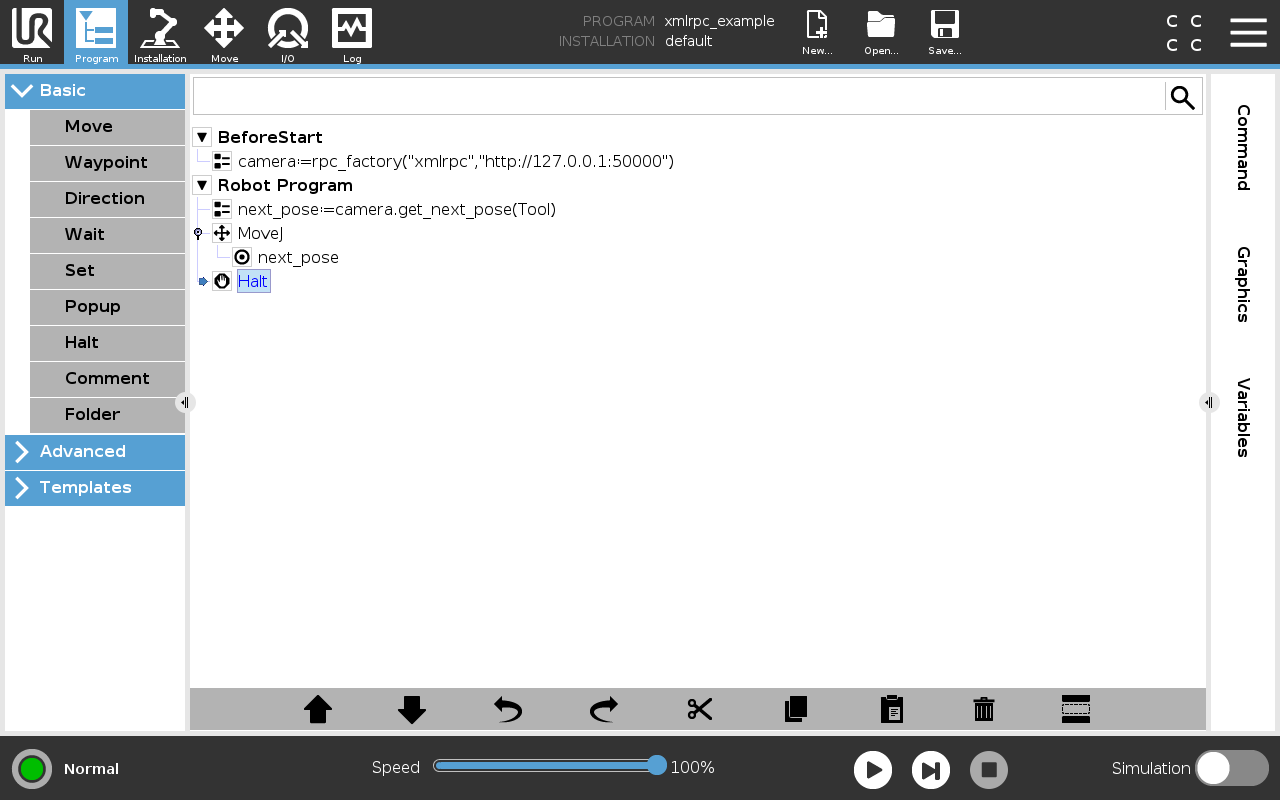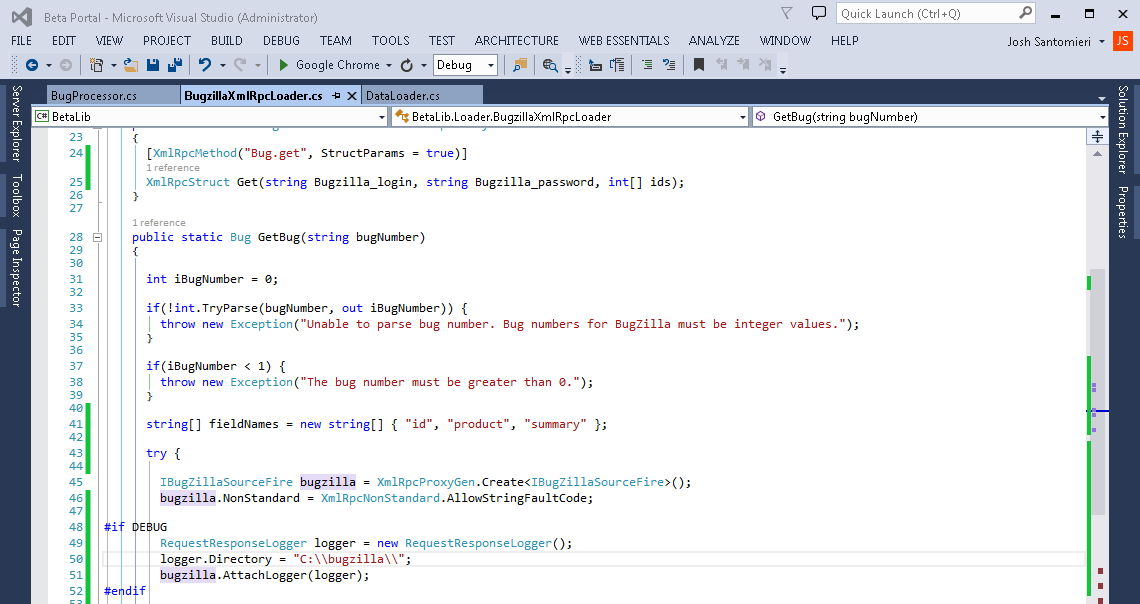

Don't forget to quote the string! This only works for Bugzilla 5 and Red Hat bugzillaįields that take multiple values have a special input format.Īppend: Overwrite: Remove: that accept this format: -cc, -blocked, -dependson, -groups, -tags, whiteboard fields.Ĭlose with the given resolution (WONTFIX, NOTABUG, etc.) Make a working query via bugzilla's 'Advanced search' web UI, grab the url from your browser (the string with query.cgi or buglist.cgi in it), and -from-url will run it via the bugzilla API. You can get this ID from the URL bugzilla generates when running the saved search from the web UI. If you don't own this saved search, you must passed -savedsearch_sharer_id. Search using bugzilla's quicksearch functionality. Specify individual bugs by IDs, separated with commasĮmail: search reporter email for given address See the -from-url option for a way to use powerful Web UI queries from the command line. Note: querying via explicit command line options will only get you so far.

‘query’ specific optionsĬertain options can accept a comma separated list to query multiple values, including -status, -component, -product, -version, -id. You can use RPM-style tags that match bug fields, e.g.: '%, etc. One line summary of the bug (useful for scripts) Output additional bug information (keywords, Whiteboards, etc.) These options are shared by several commands, for tweaking the text output of the command results. For example if your bugzilla instance has a custom field cf_my_field, do: -field cf_my_field=VALUE FIELD is the raw name used by the bugzilla instance. Manually specify a bugzilla XMLRPC field. For example, to set a flag named devel_ack, do -flag devel_ack+ Unset a flag with the 'X' value, like -flag needinfoX Not every option works for each command though. These options are shared by some combination of the 'new', 'query', and 'modify' sub commands. Token file to use for bugzilla authentication Consider using this if you are depending on cached credentials, to ensure that when they expire the tool errors, rather than subtly change output.ĭon't save any bugzilla cookies or tokens to disk, and don't use any pre-existing credentials.Ĭookie file to use for bugzilla authentication Raise an error if we aren't logged in to bugzilla. The session (login token) will be restricted to the current IP address. Run interactive "login" before performing the specified command. * info - get info about the given bugzilla instance GLOBAL OPTIONSĭon't error on invalid bugzilla SSL certificateĬlient side certificate file needed by the webserver. * attach - attach files to existing bugs, or get attachments * query - search for bugs matching given criteria * login - log into the given bugzilla instance To read the man page for bugzilla in Linux: ~]$ man 1 bugzilla NAMEīugzilla - command-line interface to Bugzilla over XML-RPC SYNOPSISīugzilla DESCRIPTIONīugzilla is a command-line utility that allows access to the XML-RPC interface provided by Bugzilla.

If anyone knows a different way, please let me know.Linux Home > Manual Sections > 1 > bugzilla bugzilla(1) - Linux Man Page I figured out one way: use a base64 value instead of a string value for the description. Here is the second line of the descriptionĪnd the third end up with the following description: This bug was created through the Bugzilla XML/RPC interfaceHere is the second line of the descriptionand the third line. This bug was created through the Bugzilla XML/RPC interface The description parameter takes a string value, but whitespace (including newlines) seems to be stripped, and I end up with a one-line description, instead of multiple lines of text.

I'm not sure if this is a Bugzilla question or a XML-RPC question: when creating a bug in Bugzilla using the Bug.create method of the XML-RPC API, how can I enter a multi-line description?


 0 kommentar(er)
0 kommentar(er)
